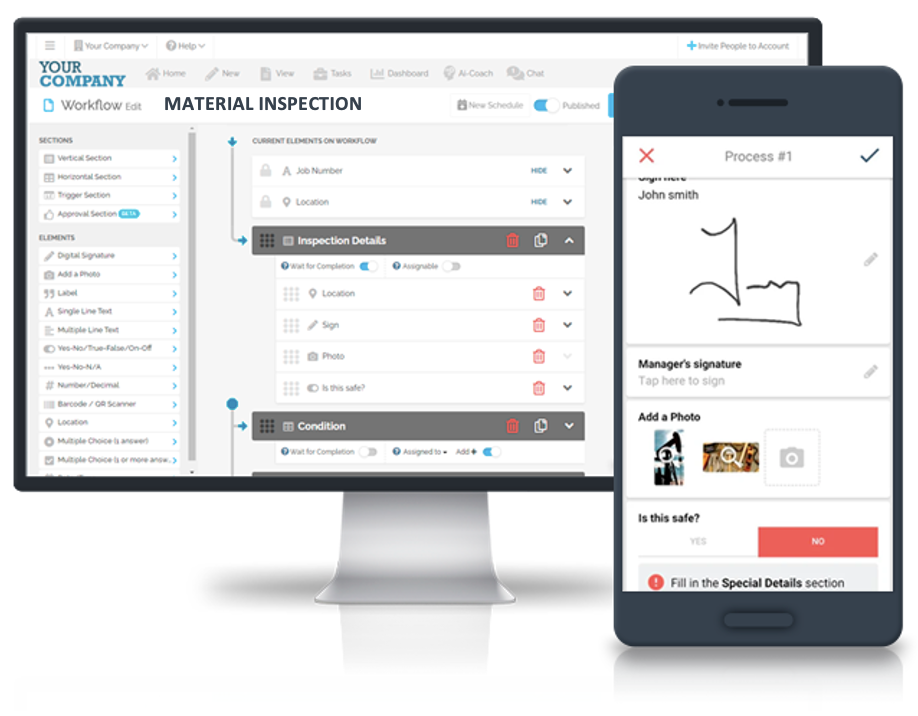Quality control and material inspection are critical aspects of various industries, from manufacturing to construction. One of the most effective methods used in these processes is ultrasonic testing. This non-destructive testing technique is instrumental in detecting internal defects in materials, ensuring their integrity and safety. In this context, digital workflow procedure builders like FAT FINGER play a pivotal role in streamlining these processes and ensuring accuracy and efficiency.
Understanding Ultrasonic Testing
Ultrasonic testing is a non-destructive testing method that uses high-frequency sound waves to detect defects or changes in properties within materials. It is commonly used in industries such as aerospace, automotive, and oil and gas, among others.
How Ultrasonic Testing Works

Ultrasonic testing works by sending an ultrasonic wave into the material and then analyzing the reflected wave. The time it takes for the wave to return and the strength of the reflection can provide valuable information about the internal structure of the material.
The Role of Ultrasonic Testing in Material Inspection
Ultrasonic testing plays a crucial role in material inspection for several reasons:
- It can detect both surface and subsurface defects.
- It provides detailed information about the size, shape, and location of defects.
- It can be used on a wide range of materials.
- It is a non-destructive method, meaning the material being tested is not damaged or altered.
FAT FINGER and Ultrasonic Testing
FAT FINGER, a digital workflow procedure builder, empowers front-line teams to perform their work correctly every time. It allows you to build checklists, workflows, and digital procedures that unlock operational excellence. In the context of ultrasonic testing, FAT FINGER can be used to create digital workflows and checklists for material inspection and quality control.
Benefits of Using FAT FINGER in Ultrasonic Testing

Using FAT FINGER in conjunction with ultrasonic testing offers several benefits:
- It ensures that the testing process is carried out correctly and consistently.
- It provides a clear record of the testing process, which can be useful for compliance and auditing purposes.
- It allows for real-time data collection and analysis, enabling quick decision-making.
- It integrates with other systems, providing a holistic view of operations.
Case Study: FAT FINGER in Action
A leading aerospace company used FAT FINGER to streamline their ultrasonic testing process. They created a digital workflow that guided technicians through the testing process, ensuring consistency and accuracy. As a result, they were able to reduce errors, improve efficiency, and maintain high standards of quality control.
Conclusion
Ultrasonic testing plays a vital role in detecting internal defects in materials, ensuring their safety and integrity. Digital workflow procedure builders like FAT FINGER can significantly enhance this process by ensuring consistency, accuracy, and efficiency. By integrating FAT FINGER into your ultrasonic testing process, you can unlock operational excellence and ensure that your materials meet the highest standards of quality and safety.
Ready to take your material inspection and quality control processes to the next level? Visit FAT FINGER today.


